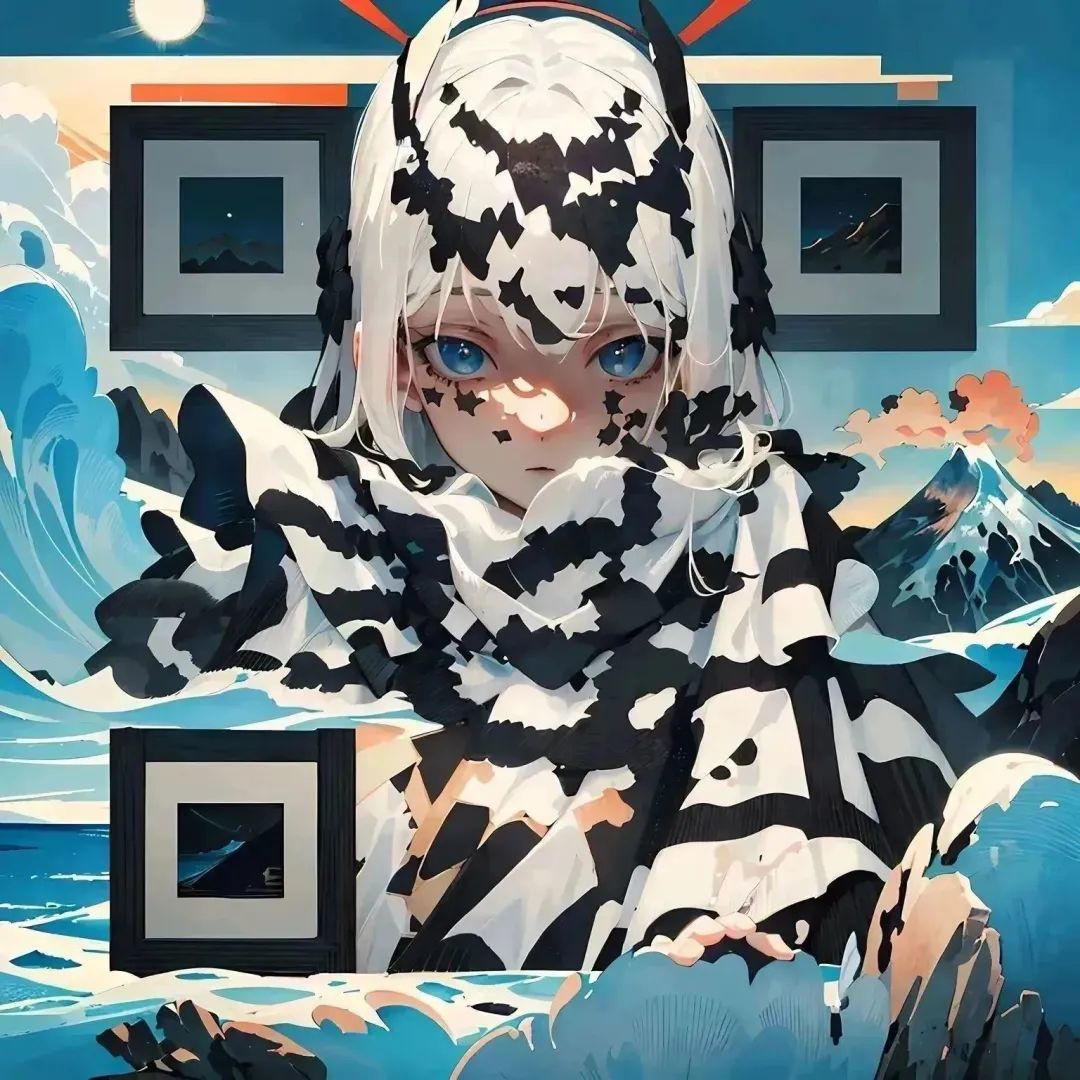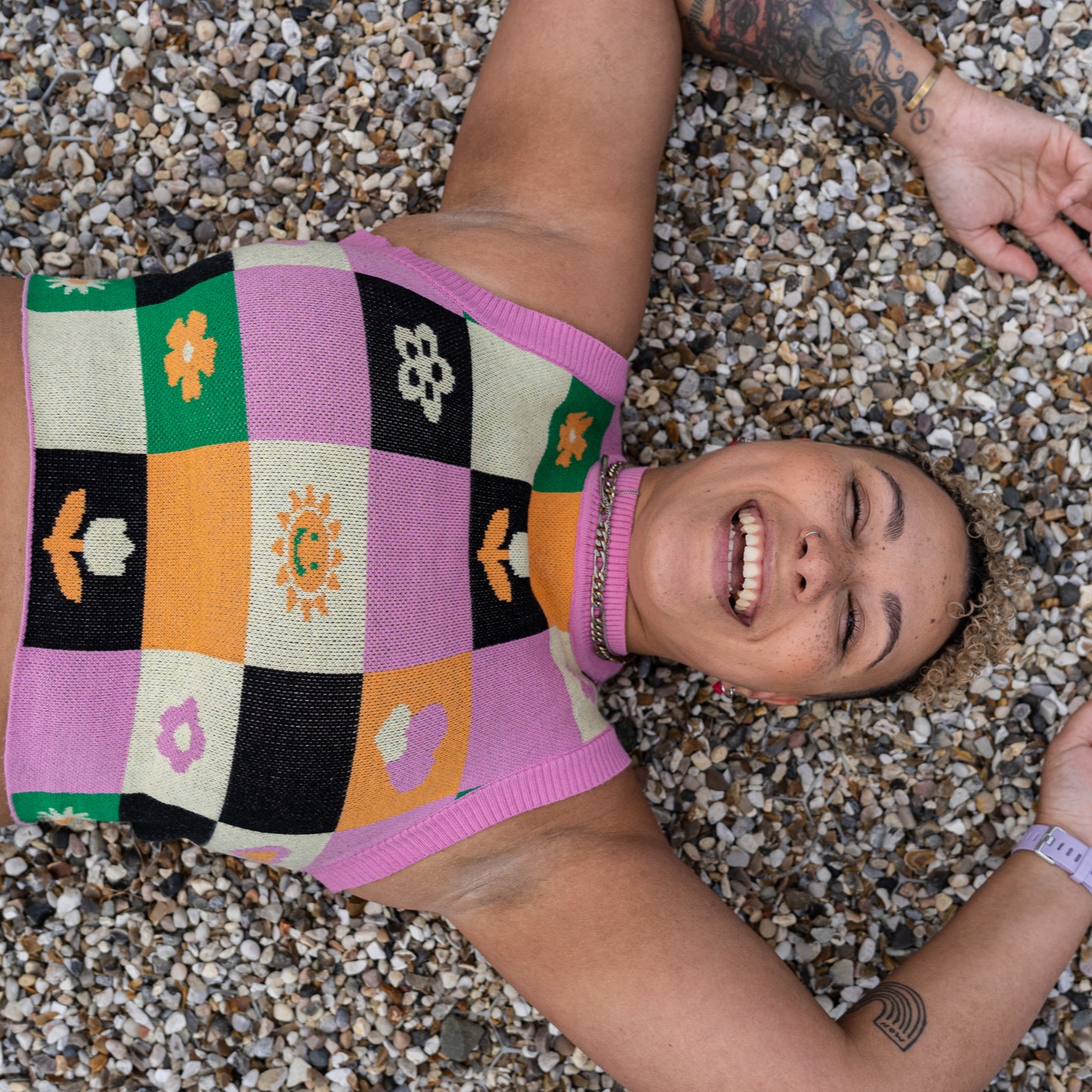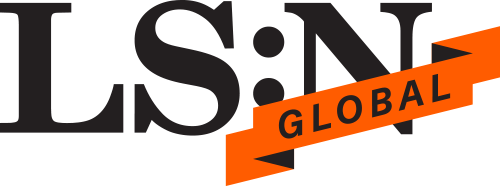30 : 06 : 23 : Weekly Debrief
This week: A new brand identity for Paco Rabanne, a creative makeover for QR codes, understanding the affects of cancer medication through sound, better representation of the autistic community and Vacheron Constantin joins forces with the Louvre Museum.
1. Paco Rabanne refurbishes brand identity
Paris – Spanish luxury house Paco Rabanne is planning global expansion and is implementing changes across multiple fronts to build a more cohesive brand.
The Puig-owned fashion and fragrance house has kick-started its makeover by simplifying its name to Rabanne. Following this, it is looking at DTC expansion with a flagship boutique in New York to showcase its new visual identity across its product lines and retail spaces.
During its spring 2024 collection on the runway, Rabanne showcased an expansive range including eveningwear, denim and knitwear. By 1 October 2023 the brand will launch its make-up line on its e-commerce site which will also be available across the counters of department store groups Selfridges in the UK, Sephora in Europe and Ulta Beauty in the US.
This unification of the brand’s various facets was first proposed by the Rabanne team nearly 10 years ago, and the strategy has since been implemented incrementally. Logging 40% growth in recent years, the brand's resurgence through the crucial contribution of designer Julien Dossena shows the potential of heritage luxury brands gaining success in today’s markets, as tracked in our luxury section.
2. QR codes get a creative makeover
Global – Reddit user nhciao has created a series of artistic QR codes using AI image-generator Stable Diffusion that can be read as QR codes by smartphone camera apps. These functional pieces reflect artistic styles found in anime and Asian art with images depicting flowers, landscapes and humans.
QR codes, initially developed in the Japanese automobile industry, have found wide-ranging applications across sectors including advertising, product tracking and digital payments because of their large data-storing capacity. Although the creator did not detail the exact technique used to create the codes, they are most likely a result of feeding existing QR codes into Stable Diffusion and then synthesising an image around them. QR codes are good formats to play with as they have an inherent error correction feature built into them which allows Stable Diffusion to blend in picture details.
This creation hints at massive opportunities across the creative industries and is an apt example of how AI-driven tech can offer out-of-the-box thinking – an area we track in our Artificial Intelligence series.
 QR by nhciao, Global
QR by nhciao, Global
3. The Most Beautiful Sound campaign lets patients hear cancer's demise
US – The Most Beautiful Sound is an innovative new project from healthcare-focused advertising agencies WPP and Grey Health & Wellness that captures the mesmerising process of cancer cells dying and translates it into a first-of-its-kind auditory experience.
Developed in collaboration with the American Society of Clinical Oncology (ASCO) the campaign aims to enhance cancer patients' understanding of how their medication or chemotherapy affects cancer cells.
Led by Dr Conor Evans of Harvard Medical School, researchers used stimulated Raman scattering microscopy to isolate and precisely measure the movements of breast and lung cancer cells at the moment of their demise. These intricate cellular movements were then transformed into audible sounds.
At a recent ASCO meeting, a dedicated listening station provided attendees with the opportunity to immerse themselves in captivating audio and watch an emotional video capturing the profound moments when cancer patients heard the sounds for the first time.
We recently explored how innovative technologies are transforming complex healthcare processes into immersive experiences. As one in 2 men and women will be diagnosed with the disease at some point in their lives in the UK (source: British Journal of Cancer), there is a growing need for a marketplace that provides tools and services that make healthcare journeys more accessible, understandable, and empowering.
 #AutisticOutLoud campaign by Hiki and Getty Images
#AutisticOutLoud campaign by Hiki and Getty Images
4. Hiki and Getty Images strive to better represent the autistic community
US – Hiki, the world's largest friendship and dating app for the autistic community, has partnered with Getty Images in June 2023 to unveil the #AutisticOutLoud campaign. The initiative aims to enhance the genuine representation of autistic individuals through curated images and videos created by autistic content-creators and photographers. The activation will contribute to Getty Images' Disability Collection and Unsplash, allowing media platforms and publishers worldwide to access the content and promote awareness.
With an estimated 15–20% of the global population being neurodivergent, the campaign seeks to showcase the diversity and resilience of the autistic community. ‘The autistic community is not a monolith,’ said Jamil Karriem, founder and CEO of Hiki. He emphasises the need to move beyond stereotypical portrayals of autistic individuals in mainstream media, which often focus on white males and infantilise the community.
'I wanted to be a part of this project because I realise there needs to be more realistic autism representation in the media and while this project won’t completely solve the issues, it is a good stepping stone for it,' said Gillis Williams, an autistic content-creator involved in #AutisticOutLoud.
In America puts the new in neurodivergence, we previously analysed how mainstream US businesses are adopting accessibility strategies, offers and imagery tailored to the neurodivergent community – given inclusivity is no longer optional.
5. Luxury watchmaker joins forces with Louvre Museum
Switzerland, France – Watch brand Vacheron Constantin has unveiled its new collaboration with the Parisian art institution the Louvre that allows customers the chance to create a bespoke timepiece. The partnership introduces the concept of A Masterpiece on the Wrist, where consumers can customise their Les Cabinotiers watch to feature a miniature enamel reproduction of an artwork of their choice from the Louvre's extensive collection.
Vacheron Constantin and the Louvre began their collaboration back in 2019, having previously held an auction to raise support for the museum. The winner chose an artwork that inspired the design of a unique Les Cabinotiers watch, which took several months to complete. The new collaboration extends from this original idea and every purchaser of A Masterpiece on the Wrist not only gets a one-of-a-kind watch but also a private tour of the Louvre and a chance to meet Vacheron Constantin's master watchmakers.
This new collector's item collaboration builds upon our Guilded Luxury macrotrend, where we tracked how luxury brands are employing strategies to build long-lasting cultural relationships with their clients.
To future-proof your world, visit The Future Laboratory's forecasting platform LS:N Global for daily news, opinions, trends, sector specific insights, and strategic toolkits.
Want to read more?
Become a member today!
Sign up to one of our trends intelligence platform, LS:N Global and get unlimited access to a hive of insights - from microtrends and macro trends to market reports, daily news, research across eight industry sectors and much more.
Discover our memberships
Already a member? Click here to login
